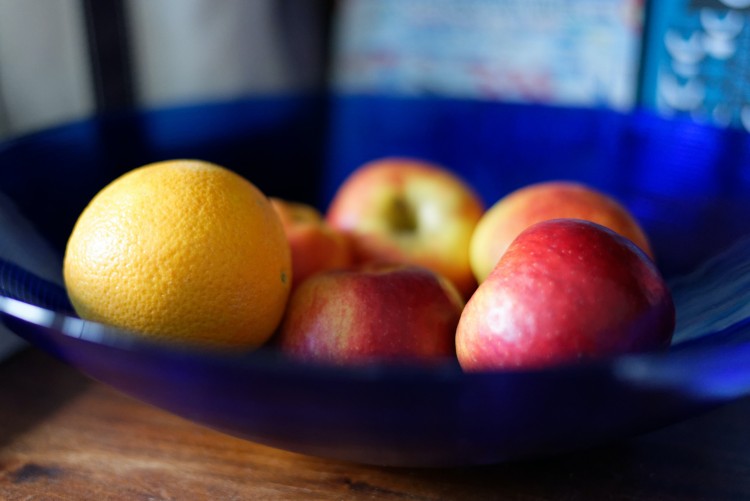
The fructose naturally found in fruit and fruit juice does not, however, seem to have the same adverse effects as sugar and high fructose corn syrup. In terms of antioxidants, tea has more than cranberry juice, orange juice, or tomato juice juice may not be as hydrating as water and fruit juice may erode tooth enamel. There may be healthier beverages to drink. Also, bottled pasteurized carrot juice has been found to have benzene levels exceeding safety standards, acute toxicity has been associated with noni juice, and it’s possible to get liver toxicity if we drink about three and a half cups of broccoli juice daily for a month. Levels of the mycotoxin patulin in non-organic apple juice often exceeded World Health Organization safety guidelines. Safety may be another concern when consuming juice.

For example, almost 75% of manufacturers who claimed to offer 100% pomegranate juice did not. Juice advertising claims may not always be truthful. Tomato juice is a unique case where the processed juice is considered healthier than eating the tomato itself. And, in terms of potential uric acid production, apple juice likely is worse than sugar water.

With apples specifically, the primary nutrition is in the peel rather than the juice. Similarly, oranges seem associated with lower glaucoma risk, but orange juice is not, and apples may reduce heart attack risk, while apple juice may increase it. While whole fruit consumption has been associated with a lower risk of type 2 diabetes, greater fruit juice intake has been linked with a higher risk. Overall, blending and consuming whole fruit can help provide more phytonutrients than drinking just the juice. Topic summary contributed by volunteer(s): Randy


 0 kommentar(er)
0 kommentar(er)
